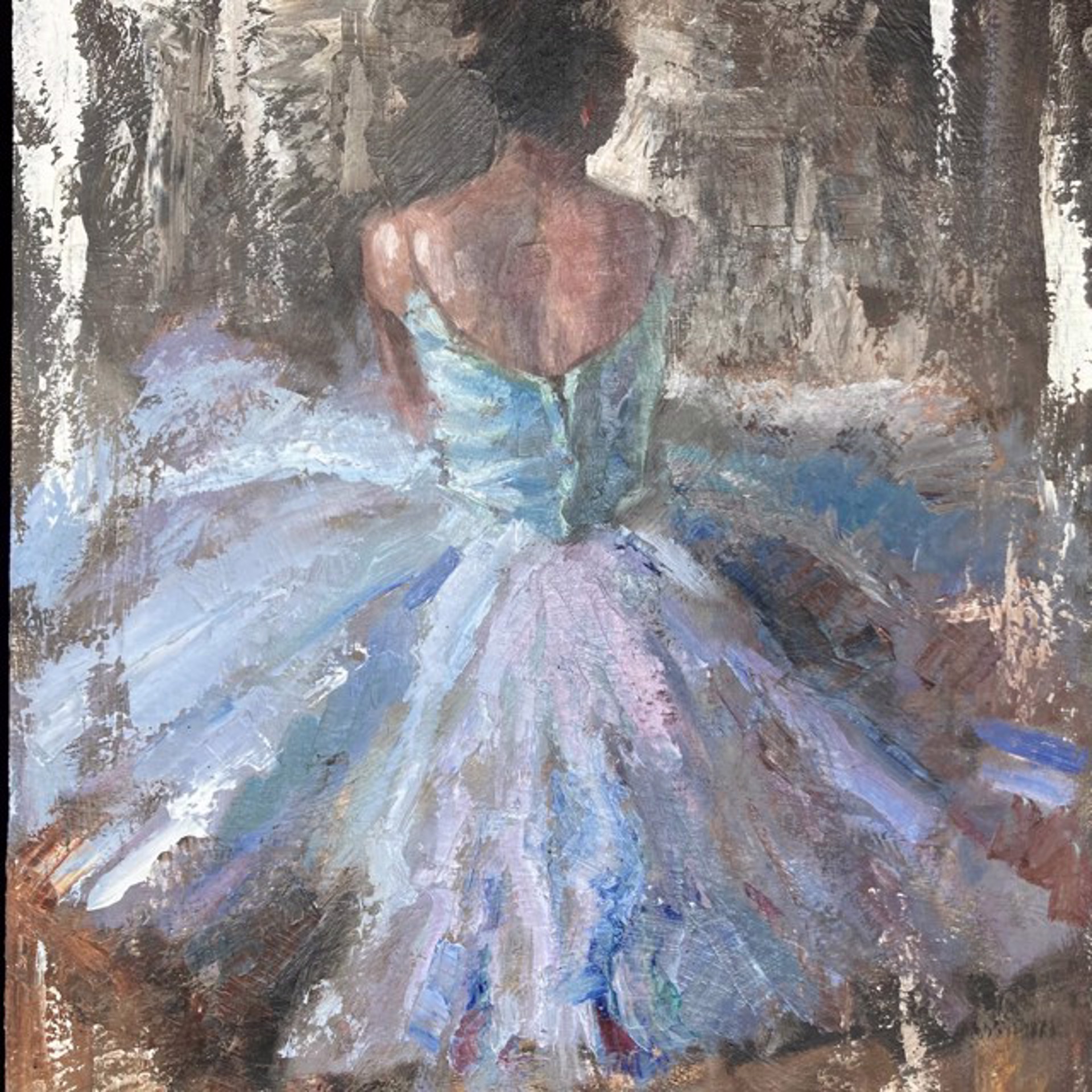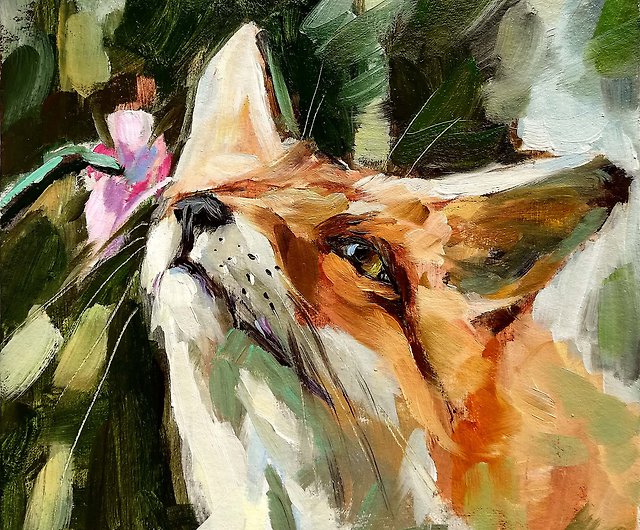Inspiring Design Inspirations with Oil Paintings for Sale
Inspiring Design Inspirations with Oil Paintings for Sale
Blog Article
Discovering All Concerning Oil Paintings: A Guide to Understanding Their Beauty and Value
Oil paintings have actually astounded target markets for centuries, providing a peek into the imaginative proficiency of different ages. Their rich history is linked with ingenious techniques and profound emotional expression. Understanding the products and techniques behind these artworks can enhance gratitude. Additionally, the marketplace for oil paints presents possibilities for enthusiasts and investors alike. As one explores this remarkable globe, the question emerges: what makes an oil painting truly beneficial?
The History of Oil Paint: A Trip Via Time
Oil painting has origins that date back to ancient times, it truly grew throughout the Renaissance, when artists uncovered its convenience and rich shade potential. Early instances can be mapped to the 7th century, with methods developing especially across societies. The medium ended up being noticeable in Northern Europe in the 15th century, especially via the jobs of artists like Jan van Eyck, that originated its usage for comprehensive realistic look and vibrant colors. This duration marked a separation from tempera paints, allowing for better depth and appearance. As oil painting spread, it affected countless artists, bring about masterpieces by prominent numbers such as Leonardo da Vinci and Rembrandt. The medium's tradition proceeds, forming the art globe well into contemporary times.
Comprehending Oil Repaints: Products and Techniques
As musicians explore the world of oil paints, they experience a varied variety of products and methods that specify this medium. The main parts of oil paint consist of pigments, which provide color, and drying oils, such as linseed, that bind the pigments and promote application. Numerous additives can modify the paint's structure and drying time, improving convenience. Strategies like glazing, where clear layers are developed up, and impasto, which entails using thick paint, enable various aesthetic impacts. In addition, the usage of brushes, combination knives, and also fingers can create unique textures and finishes. Understanding these materials and techniques makes it possible for musicians to totally share their creative thinking and attain the wanted effect in their artwork.
The Role of Shade in Oil Paintings
Color plays an essential role in oil paintings, affecting both visual appeal and psychological resonance. Understanding shade theory basics, consisting of the relationships in between shades, can improve a musician's ability to share mood and atmosphere. In addition, grasping color blending techniques permits for greater deepness and richness in a painting's scheme.

Color Theory Essential
Recognizing shade theory is important for artists dealing with oil paints, as it creates the foundation for creating unified and visually interesting compositions. Color concept encompasses the research of exactly how shades engage, the color wheel, and the relationships in between primary, additional, and tertiary colors. Musicians utilize corresponding colors to improve contrasts and create prime focus, while analogous shades promote unity and cohesiveness within an item. Additionally, the ideas of amazing and warm shades influence the understanding of deepness and area in a paint. Understanding these concepts allows musicians to adjust color properly, directing the customer's eye and communicating their desired message. Mastery of shade theory ultimately improves an artist's capability to share emotions and ideas with their job.
Emotional Effect of Shade
The psychological influence of color in oil paints plays an essential function in just how visitors perceive and link with art work. Colors evoke certain sensations and moods, influencing the audience's psychological state. Warm shades like oranges and reds can develop a sense of warmth and energy, while trendy tones such as blues and greens usually stimulate peace or self-questioning. Artists strategically pick color combinations to boost narrative components, leading the target market's psychological journey. The saturation and contrast of colors additionally intensify these results, attracting interest and creating emphasis. Inevitably, the interaction of shades in oil paintings not only enhances their aesthetic charm but likewise works as an effective tool for psychological expression, enriching the audience's experience and analysis.
Shade Combining Techniques
While several aspects of oil painting contribute to the total composition, grasping shade blending techniques is important for attaining desired effects and depth. Color mixing can be come close to through different techniques, consisting of the subtractive and additive procedures. Additive blending includes incorporating colors of light, while subtractive blending relies upon pigments, where shades blend to produce new shades. Artists commonly use a limited scheme to create harmonious works, recognizing the partnerships in between main, second, and tertiary shades. Strategies such as glazing and scumbling additionally boost deepness and brightness. By skillfully blending shades, a musician can evoke feelings, develop centerpieces, and achieve a sense of realism, eventually boosting the painting's emotional and aesthetic influence.
Famous Oil Painters and Their Iconic Functions

Famed for their proficiency of color and strategy, oil painters have developed several of the most renowned art work in history. Distinguished artists like Vincent van Gogh captivated audiences with his emotive brushwork in "Starry Night," while Claude Monet's "Impression, Sunrise" laid the groundwork for Impressionism. Leonardo da Vinci's "Mona Lisa" remains a long-lasting sign of creative brilliant, showcasing his skill in recording human expression. Rembrandt's "The Evening Watch" shows his cutting-edge usage of light and shadow. Other remarkable numbers include Pablo Picasso, who reinvented modern art with his bold experimentation in jobs like "Les Demoiselles d'Avignon," and Georgia O'Keeffe, whose vivid representations of landscapes and flowers assisted define American modernism. Each artist's distinct design contributed considerably to the oil paint landscape.
How to Assess the Quality of an Oil Painting
Assessing the quality of an oil painting entails a mindful analysis of workmanship techniques, along with an evaluation of color and structure. Observing brushwork, layering, and the application of paint can reveal the musician's ability level. Additionally, the interplay of colors and the total arrangement of components add considerably to the paint's aesthetic value.
Examining Craftsmanship Techniques
A meticulous evaluation of craftsmanship methods is necessary for establishing the quality of an oil paint. Evaluators need to initially take a look at the application of paint; thick, distinctive brushstrokes might recommend an experienced hand, while excessively consistent applications might show a lack of deepness. oil paintings for sale. The layering strategy is additionally important; the visibility of lusters and varied thickness can improve luminance and intricacy. In addition, the top quality of the materials used, such as the canvas and pigments, plays a significant role in durability and general visual. Focus to information in aspects like sides and shifts between shades mirrors the musician's more info commitment to their craft. Inevitably, these methods add to the painting's emotional influence and market worth, acting as indicators of the artist's ability and intent
Examining Color and Composition
While examining the high quality of an oil paint, one must concentrate on the interaction of shade and composition, as these elements are fundamental to the art work's total effect. Shade options can establish and stimulate emotions state of mind; consequently, the musician's combination should be taken a look at for harmony and contrast. A well-balanced composition routes the audience's eye and produces a sense of unity. Artists commonly employ methods like the guideline of thirds or leading lines to boost visual interest. Furthermore, the use of light and darkness can add depth, boosting the three-dimensionality of the painting. Inevitably, an effective oil painting marries shade and composition, engaging the visitor and welcoming a deeper admiration of the artist's vision and technique.
Caring for and Preserving Oil Paintings
Appropriate treatment and preservation of oil paints is essential for maintaining their integrity and durability. To safeguard these artworks, it is vital to present them away from direct sunlight, which can create fading and discoloration. Maintaining a steady environment with controlled temperature and humidity more help in protecting against damage. Cleansing ought to be done delicately using a soft, dry towel, staying clear of any kind of severe chemicals that can damage the paint or varnish. Normal examinations for indications of damage, such as fracturing or flaking, are advisable. When carrying or storing oil paints, proper extra padding and framework are necessary to stay clear of physical harm. Inevitably, diligent treatment contributes to the aesthetic allure and value of oil paintings with time.
The Market for Oil Paintings: Collecting and Spending
Understanding the marketplace dynamics for oil paints is essential for investors and collection agencies alike. The worth of these artworks is influenced by different factors, including the musician's reputation, historical value, and present fads. Collection agencies often look for pieces that reverberate personally while thinking about potential appreciation in worth. Galleries and public auctions serve as key venues for purchasing and marketing, with costs fluctuating based on need and rarity. Purchasing oil paintings calls for research study into the market, along with an understanding of authenticity and provenance. Furthermore, arising artists may supply opportunities for considerable returns, while developed names can command high costs. Overall, a strategic method to accumulating can produce both aesthetic enjoyment and economic rewards.

Often Asked Inquiries
What Are the Ecological Effects of Oil Painting Products?
The environmental effects of oil painting materials include the release of volatile natural substances (VOCs), dangerous waste generation, and resource extraction for pigments. These variables add to contamination and environmental deterioration, elevating problems amongst eco aware musicians and customers.
Just How Do Various Canvases Influence Oil Paint Outcomes?
Various canvases affect oil painting results significantly. Structure, surface area, and absorbency high quality can change paint application, drying times, and color vibrancy. Musicians frequently choose specific canvases to attain wanted impacts and improve their artistic expression.
Can Oil Paintings Be Restored if Harmed?
Oil paints can undoubtedly be brought back if damaged. Specialist conservators use numerous strategies to fix splits, clean surface areas, and address staining, making sure that the artwork preserves its initial charm and worth for future generations.
What Are the Signs of an Initial Oil Painting?
The signs of an initial oil painting consist of visible brush strokes, appearance variants, and an unequal canvas weave (oil paintings for sale). Additionally, credibility may be confirmed with provenance, signatures, and the visibility of a varnish layer distinct to oil mediums
How Has Modern Technology Influenced Modern Oil Painting Techniques?
Modern technology has greatly affected modern oil painting strategies by presenting electronic devices for preparation, improved materials for structure and longevity, and on-line systems for sharing and marketing art, consequently expanding artists' imaginative possibilities and target market reach. Oil painting has origins that date back to ancient times, it genuinely flourished during the Renaissance, when musicians uncovered its versatility and abundant shade potential. The emotional impact of shade in oil paints plays a critical duty in exactly how audiences perceive and attach with art work. While several aspects of oil painting contribute to the total make-up, mastering color mixing strategies is essential for accomplishing wanted results and depth. Assessing the high quality of an oil paint entails a mindful analysis of craftsmanship techniques, as well as an analysis of color and structure. While examining the top quality of an oil paint, one must concentrate on the interplay of color and structure, as these elements are essential to the artwork's general impact.
Report this page